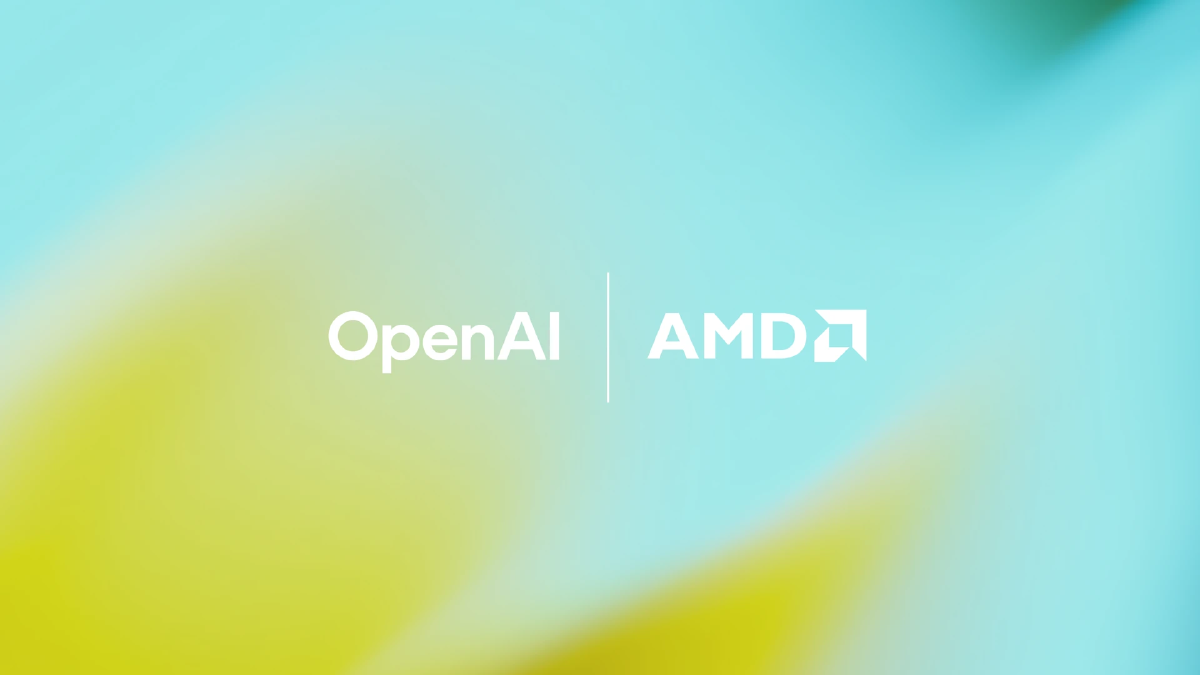OpenAI and AMD just announced a major strategic partnership to deploy 6 gigawatts of AMD GPUs over multiple years. This is one of the largest AI infrastructure deals disclosed publicly, signaling OpenAI’s commitment to diversifying compute resources beyond single-vendor dependency.
The Scale of Deployment#
The partnership centers on AMD’s Instinct MI450 Series GPUs, with a clear deployment roadmap:
- Initial phase: 1 gigawatt deployment starting in the second half of 2026
- Total commitment: Up to 6 gigawatts across subsequent phases
- Multi-generational agreement: Covers multiple generations of AMD Instinct GPUs
To put 6 gigawatts in perspective, this represents massive computational capacity—enough to train the largest AI models and serve millions of inference requests simultaneously. The scale indicates OpenAI is planning for significant expansion of both research capabilities and production workloads.
Strategic Alignment Through Equity#
The partnership includes a unique financial structure. AMD has issued OpenAI a warrant for up to 160 million shares of AMD common stock. The warrant vests based on:
- Deployment milestones: Achieving agreed-upon GPU deployment targets
- Performance milestones: Meeting technical performance benchmarks
This equity structure aligns both companies’ interests beyond a traditional vendor relationship. AMD benefits from guaranteed large-scale deployment and OpenAI’s technical feedback for future GPU generations. OpenAI gains potential equity upside tied to AMD’s success, creating incentives for collaborative optimization.
Why AMD, Why Now?#
OpenAI has historically relied heavily on NVIDIA GPUs for its infrastructure. This AMD partnership represents strategic diversification in several dimensions:
Supply security: Multiple vendors reduce dependency on any single supplier during periods of GPU scarcity.
Competitive leverage: Working with AMD provides OpenAI negotiating power and options as it scales.
Technical diversity: Different GPU architectures can be optimized for different workloads—training versus inference, for example.
Cost optimization: Competition between vendors typically benefits the buyer through better pricing and terms.
The timing—starting deployment in late 2026—suggests this is forward planning for OpenAI’s next generation of infrastructure needs, not addressing immediate constraints.
AMD’s AI Computing Push#
For AMD, this partnership validates their Instinct GPU lineup for the most demanding AI workloads. OpenAI’s endorsement serves as a significant reference customer win, potentially opening doors with other AI companies evaluating alternatives to incumbent GPU providers.
The multi-generational aspect means AMD has visibility into future revenue and clear requirements for their roadmap. This feedback loop with one of the most sophisticated AI organizations helps AMD design better products for AI workloads.
Infrastructure as Competitive Advantage#
This partnership highlights how compute infrastructure has become a strategic concern for leading AI companies. Access to sufficient, capable hardware directly impacts:
- Research velocity: More compute enables faster experimentation
- Model scale: Larger training runs require extensive GPU clusters
- Serving capacity: User-facing products need massive inference infrastructure
- Cost structure: Hardware efficiency impacts unit economics
By securing multi-year commitments for 6 gigawatts of capacity, OpenAI is essentially locking in future compute availability. In an industry where GPU access has been a constraining factor, this represents significant strategic planning.
Technical and Business Implications#
The partnership extends beyond simple procurement. OpenAI and AMD will likely collaborate on:
- Optimization: Tuning AI frameworks and models for AMD hardware
- Roadmap input: OpenAI’s requirements informing future Instinct GPU designs
- Deployment strategies: Best practices for operating GPU clusters at massive scale
- Software stack development: Ensuring OpenAI’s tools work seamlessly with AMD hardware
This depth of collaboration could accelerate AMD’s competitiveness in AI computing while giving OpenAI more control over its infrastructure destiny.
Market Implications#
This deal signals several broader trends:
The AI infrastructure market is maturing from single-vendor dominance toward multi-vendor strategies. Companies are treating compute infrastructure as strategic rather than simply procurement decisions.
The scale of commitments—6 gigawatts, hundreds of millions in equity warrants—reflects how capital-intensive AI leadership has become. Infrastructure spending is a moat, and OpenAI is investing accordingly.
For the broader AI industry, this partnership demonstrates that viable alternatives to dominant GPU providers are emerging for the most demanding workloads. That could reshape competitive dynamics in AI computing.
Looking Ahead#
The first 1-gigawatt deployment in late 2026 marks the beginning of this partnership, not the end state. The multi-year, multi-generation agreement suggests OpenAI and AMD are building a long-term relationship that will evolve with both companies’ needs and capabilities.
As AI models continue scaling and inference demands grow with deployment, infrastructure partnerships like this one will increasingly define which companies can execute their AI ambitions at scale.
Learn more: Check out the official announcement for more details.


